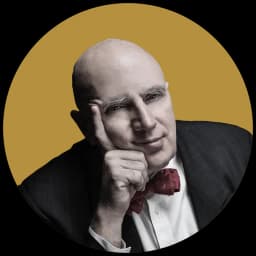Composed in 1924, George Gershwin’s ‘Rhapsody in Blue’ Stands Tall to This Day
‘Rhapsody’ has weathered everything that one could possibly throw at it — including harmonicas and now Bèla Fleck’s banjos — and has earned its celebrations.

Bèla Fleck
‘Rhapsody in Blue’
Béla Fleck Productions
Please check your email.
A verification code has been sent to
Didn't get a code? Click to resend.
To continue reading, please select:
Enter your email to read for FREE
Get 1 FREE article
Join the Sun for a PENNY A DAY
$0.01/day for 60 days
Cancel anytime
100% ad free experience
Unlimited article and commenting access
Full annual dues ($120) billed after 60 days

